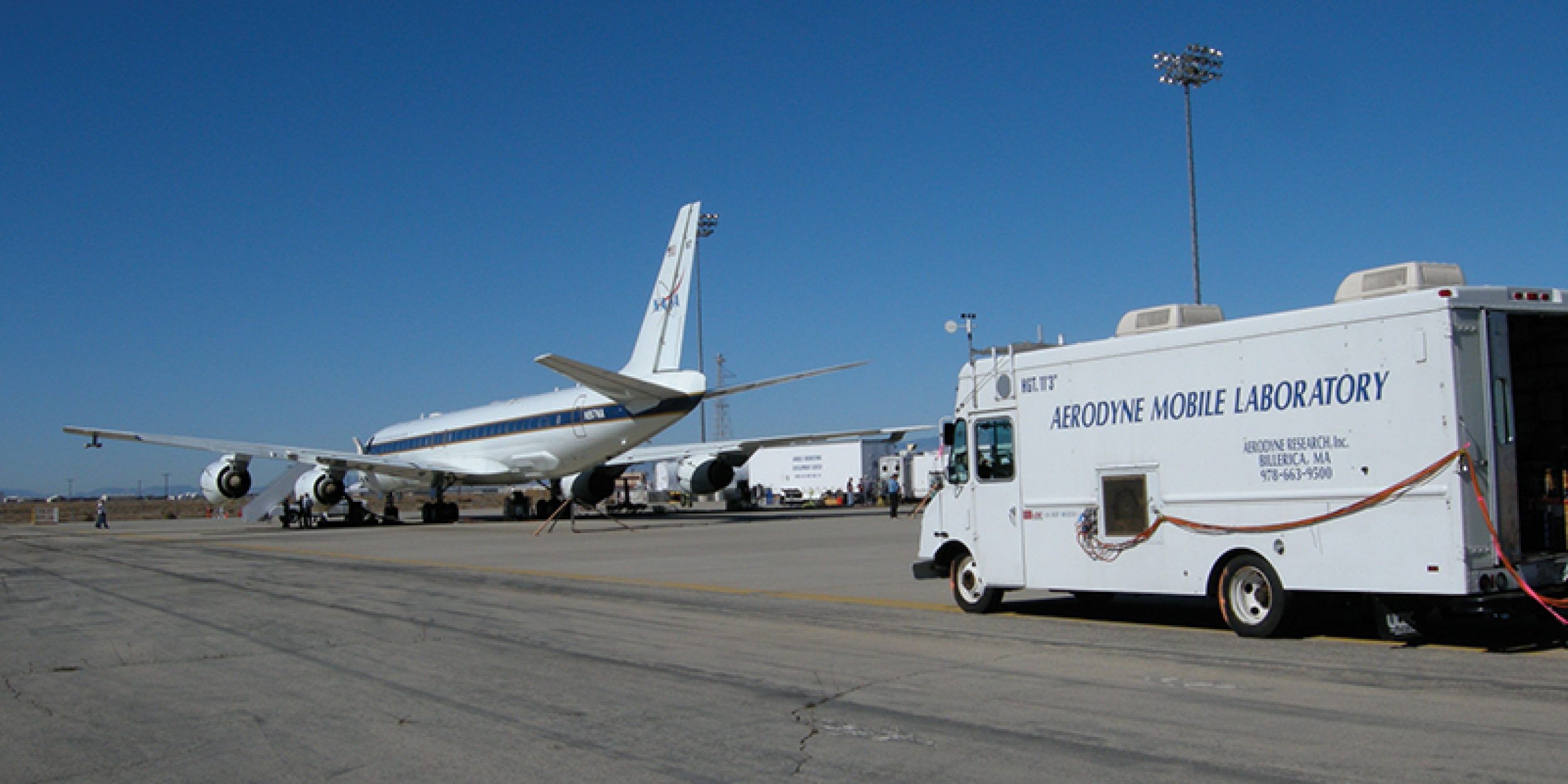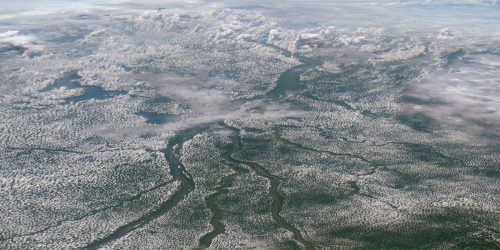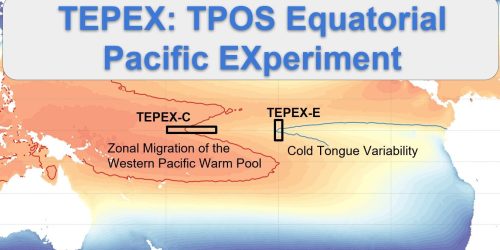Scientists explored how wildfires in the Western US release pollutants into the air in a new study supported by the Climate Program Office’s Atmospheric Chemistry, Carbon Cycle and Climate (AC4) Program. AC4 funded this project as a contribution to the joint NOAA- and NASA-led FIREX-AQ (Fire Influence on Regional to Global Environments and Air Quality 2019) field campaigns. Supported researcher Scott Herndon of Aerodyne Research Inc. and a team of scientists measured and analyzed emissions from three specific 2019 fires in the Western U.S. using a special set of instruments on wheels called the Aerodyne Mobile Laboratory. The mobile lab is advantageous because at ground level, it can often measure emissions closer to the fire source and can be used at night when it is often unsafe to fly an aircraft near a wildfire.
The results showed that wildfire emissions vary based on whether the fire is flaming or smoldering and how far the gases have traveled through the atmosphere. When the researchers compared their measurements to those taken from an aircraft, a discrepancy in the values suggests that emissions evolve through chemical reactions in the air. These results, published in JGR Atmospheres, help us understand the complex nature of wildfire emissions and provide crucial information for managing our air quality, especially as wildfires are projected to become more common in the Western U.S.
For more information, contact Clara Deck.
Image credit: NASA










